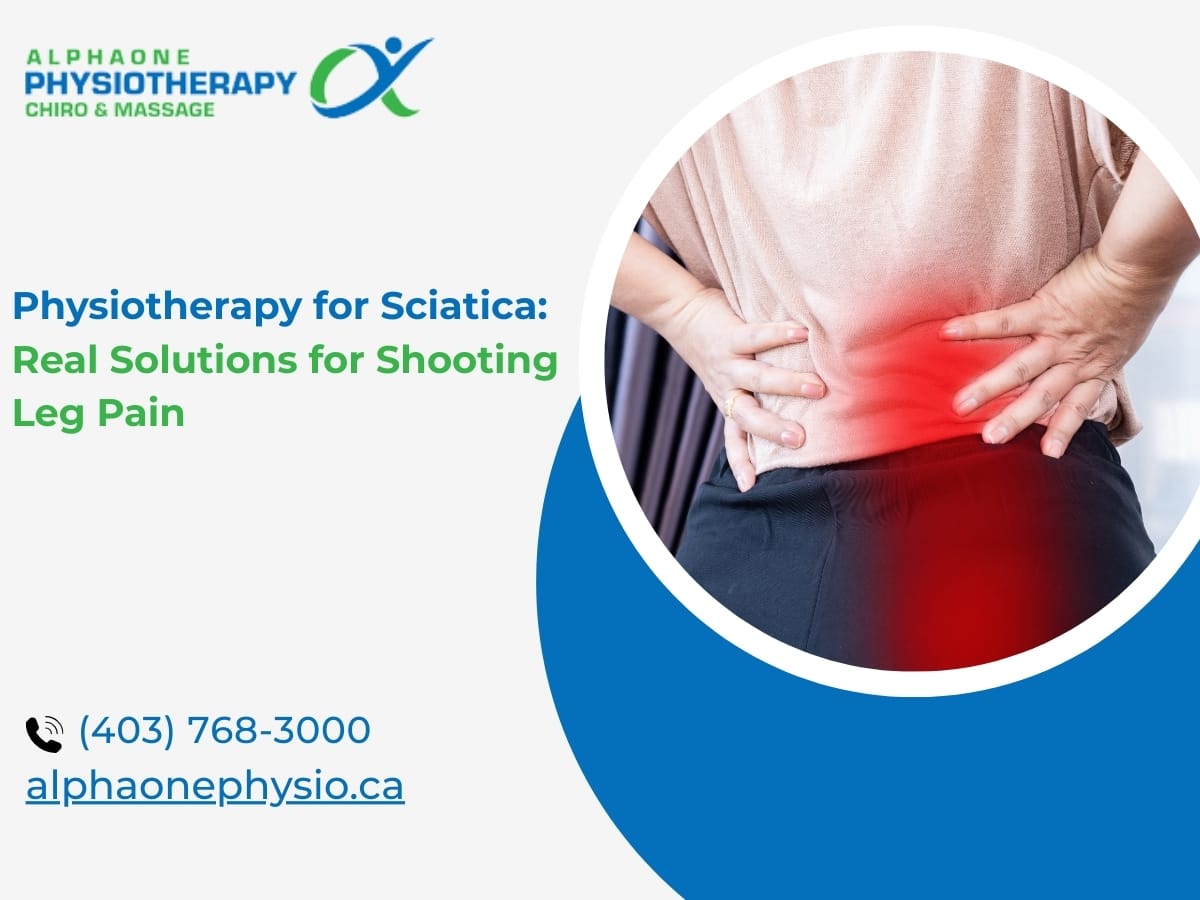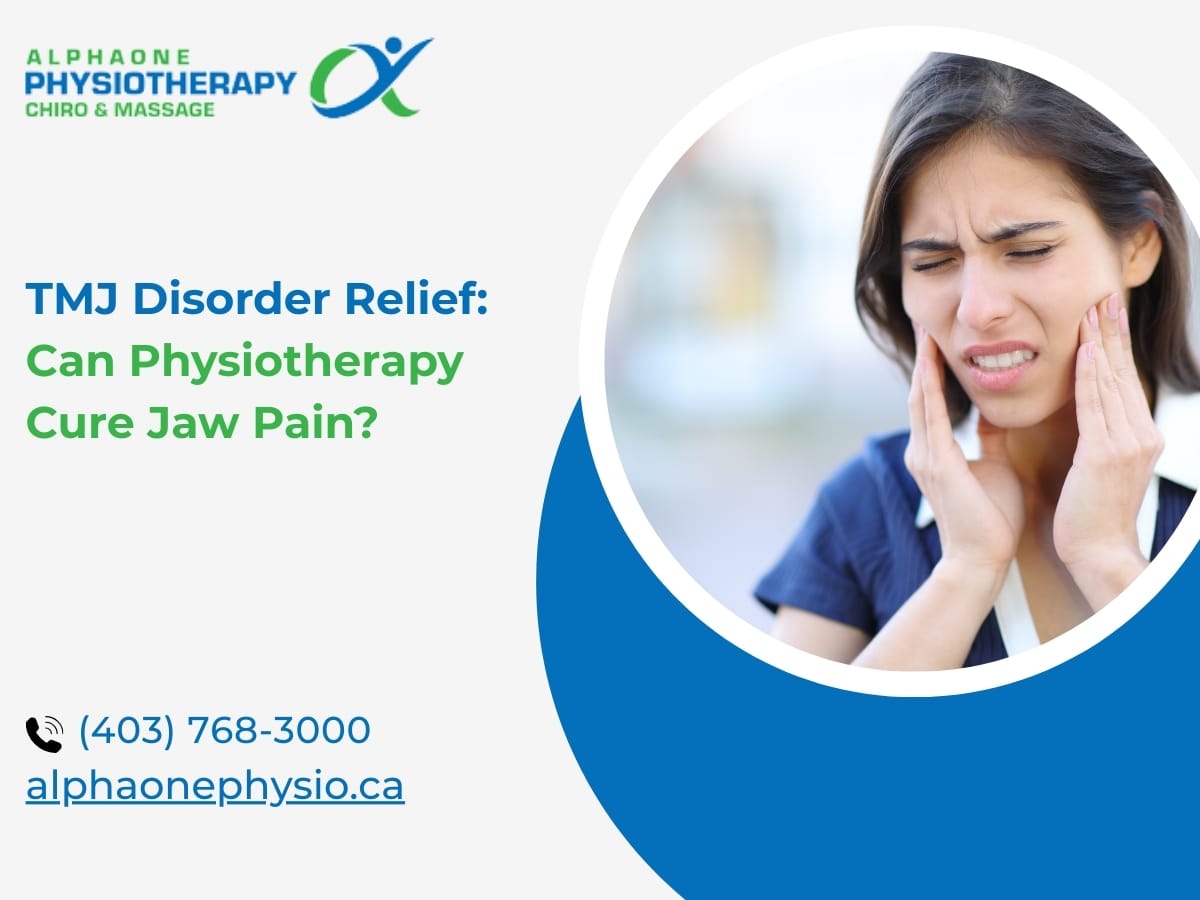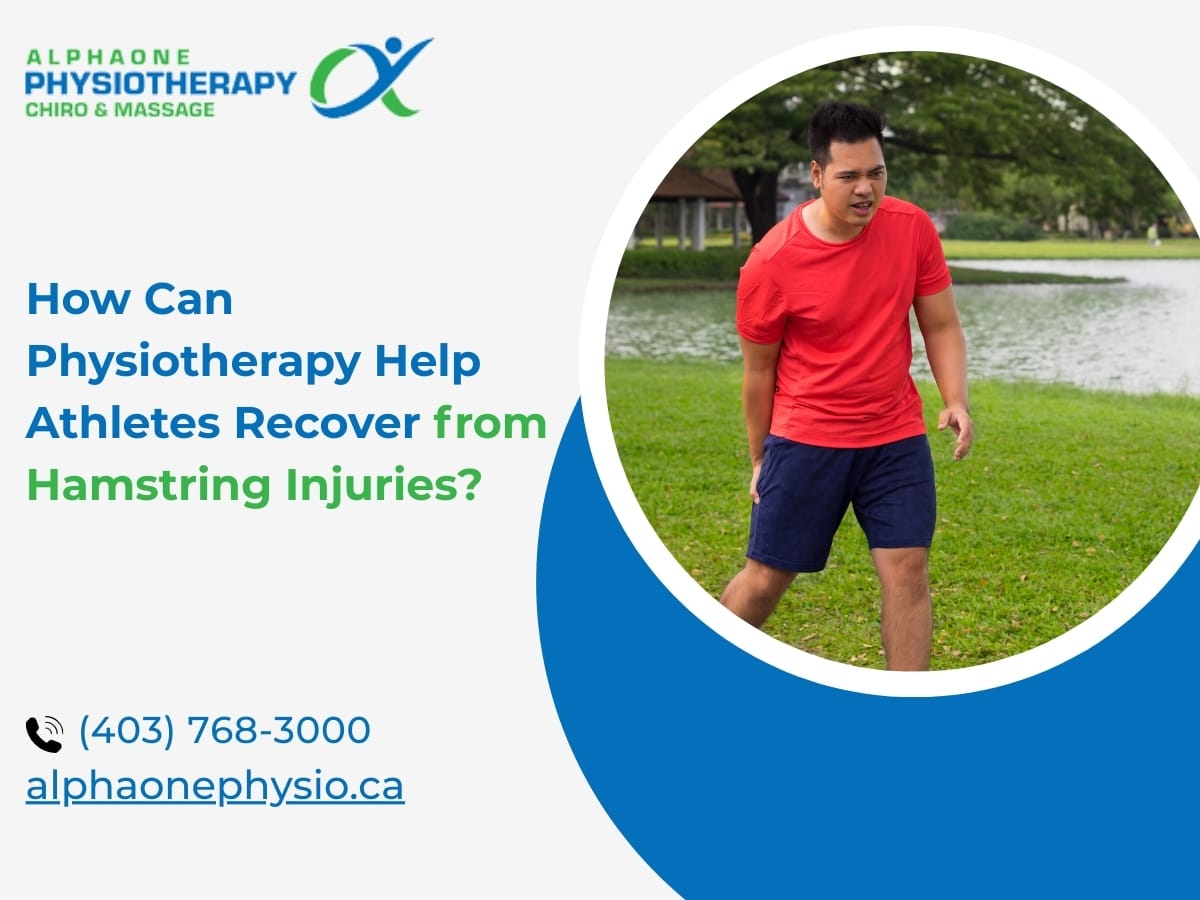Recovering from an injury can be a challenging and time-consuming process. Whether it’s a sprained ankle, a pulled muscle, or a more serious injury, finding effective methods to aid in the healing process is crucial. That’s where stretch therapy comes into play.
You might be wondering, what exactly is stretch therapy? Well, it’s a form of physical therapy focusing on targeted stretching exercises to improve flexibility, range of motion, and overall muscle function. It’s not just about reaching for your toes and holding a stretch.
Stretch therapy is a comprehensive approach that can significantly contribute to your rehabilitation journey. In this blog post, we will explore how stretch therapy works, its benefits can help you recover from injuries and get you back on track to a healthy and active lifestyle.
How Stretch Therapy Enhances Body Function?
Stretch therapy is a form of movement therapy that aims to improve flexibility, mobility, and overall body function. It involves a systematic approach to stretching that focuses on the whole body rather than isolated muscles. The main goal is to enhance joint range of motion, correct imbalances, and optimize movement patterns, which can help prevent injuries and promote better physical performance. Stretch therapists use a combination of active and passive stretching techniques, along with proprioceptive neuromuscular facilitation (PNF) techniques and myofascial release, to address muscle tightness and improve tissue health. Through regular stretching sessions, individuals can experience increased flexibility, improved posture, enhanced athletic performance, and reduced muscle tension and soreness.
Benefits of Stretch Therapy for Rehabilitation
Enhanced Flexibility and Range of Motion
One of the key benefits of stretch therapy for rehabilitation is its ability to enhance flexibility and increase range of motion. By stretching muscles and connective tissues, the body becomes more adaptable and better equipped to perform functional movements without restrictions.
Improved Blood Circulation and Nutrient Supply
Stretch therapy promotes better blood circulation throughout the body. When muscles are stretched, blood flow increases, delivering oxygen and essential nutrients to the tissues. This enhanced circulation helps in removing waste products and toxins, which can accumulate during the healing process. Improved nutrient supply facilitates tissue repair and accelerates the recovery timeline.
Reduction in Muscle Tension and Pain
Injury and immobilization can lead to muscle tension and pain. Stretch therapy can help alleviate these symptoms by targeting specific muscle groups and releasing tension. Through gentle and controlled stretching, tight muscles are elongated, reducing spasms and discomfort.
Increased Joint Mobility:
Stretch therapy helps improve joint mobility by reducing stiffness and increasing the range of motion. This allows for smoother and more fluid movement, making it easier to perform daily activities and rehabilitation exercises.
Enhanced Muscle Coordination:
Stretching exercises in therapy help improve muscle coordination and balance. By stretching and activating specific muscle groups, you can enhance the communication between muscles and nerves, leading to better overall movement and control.
Prevention of Muscle Imbalances:
Stretch therapy helps address muscle imbalances that may occur due to injury or immobilization. Targeting specific muscle groups can help restore balance and symmetry in the body, reducing the risk of further injuries and promoting proper alignment.
Stress Relief and Relaxation:
Stretching exercises have a relaxing effect on both the body and mind. By engaging in stretch therapy, you can release tension and promote relaxation, which can contribute to a faster recovery and improved overall well-being.
Improved Posture:
Stretch therapy can help correct poor posture caused by injury or muscle imbalances. By stretching and strengthening the appropriate muscles, it can promote proper alignment and posture, reducing strain on the body and improving overall posture.
Boosted Energy Levels:
Regular stretch therapy sessions can help boost energy levels by increasing blood flow and oxygenation throughout the body. This can leave you feeling revitalized, rejuvenated, and ready to tackle your rehabilitation exercises with renewed vigour.
Reduced Risk of Future Injuries:
By improving flexibility, range of motion, and muscle balance, stretch therapy can help reduce the risk of future injuries. It prepares your body to handle physical stresses and strains more effectively, making you less prone to re-injury.
Read Also: How Physical Therapy Can Help Manage Arthritis Pain
Stretch Therapy Techniques for Rehabilitation
Several stretch therapy techniques can be incorporated into rehabilitation programs to maximize recovery outcomes. These techniques include:
Active Stretching
Active stretching involves actively engaging the muscles opposite to those being stretched. By contracting the opposing muscles, the targeted muscles experience a stretch. Active stretching helps improve muscle coordination and control, making it an effective technique for rehabilitation.
Passive Stretching
Passive stretching involves an external force or assistance to stretch the muscles. It is often performed with the help of a therapist or using props such as straps or gravity-assisted devices. Passive stretching allows for a deeper stretch and can be beneficial for individuals with limited mobility.
Proprioceptive Neuromuscular Facilitation (PNF)
PNF stretching is a technique that combines passive stretching and isometric contractions. It involves stretching a muscle, holding it in a stretched position, and then contracting the muscle against resistance. PNF stretching can help improve flexibility and promote neuromuscular adaptation.
Dynamic Stretching
Dynamic stretching involves performing controlled movements through a full range of motion. It activates multiple muscle groups and prepares the body for functional movements. Dynamic stretching is often used as a warm-up before rehabilitation exercises or physical activities.
Common Injuries Treated with Stretch Therapy:
- Sprained Ankles
- Frozen Shoulder
- Lower Back Pain
- Hamstring Strains
- Tennis Elbow (Lateral Epicondylitis)
- Plantar Fasciitis
- IT Band Syndrome (Iliotibial Band Syndrome)
Case Studies: Successful Rehabilitation with Stretch Therapy
Numerous case studies have showcased the effectiveness of stretch therapy in supporting rehabilitation. For example, a study on individuals recovering from ankle sprains found that incorporating specific stretching techniques significantly improved the range of motion and reduced pain compared to conventional therapy alone. Similarly, patients with frozen shoulders reported enhanced shoulder mobility and reduced stiffness after undergoing a stretch therapy program tailored to their condition.
Conclusion:
In conclusion, stretch therapy is a highly effective approach to rehabilitation and plays a crucial role in recovery from injuries. By targeting specific muscles, tendons, and ligaments, this therapy helps restore flexibility, improve range of motion, and alleviate pain.
Whether you’re an athlete looking to get back in the game or an individual recovering from a traumatic injury, incorporating stretch therapy into your rehabilitation program can significantly enhance your recovery process.
AlphaOne Physio is a leading provider of stretch therapy, offering professional and personalized services to individuals seeking rehabilitation. Our team of experienced physiotherapists understands the importance of tailored treatment plans and employs a holistic approach to healing. Through a combination of manual techniques, stretching exercises, and education, we ensure that each patient receives the highest level of care and attention.






